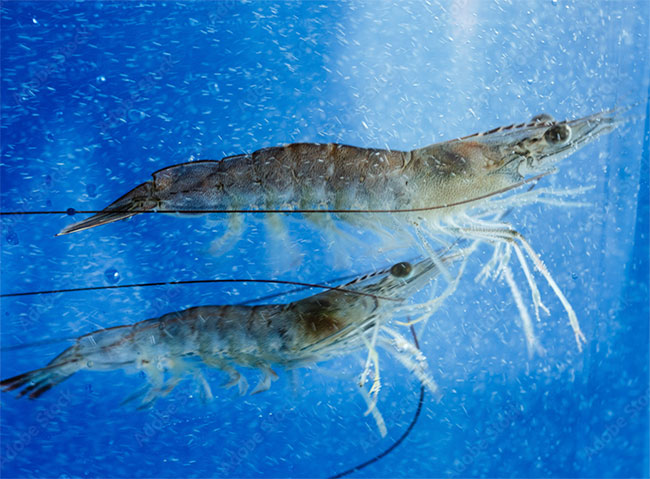
News
Showcase
Technology
Nanobubble tech startup secures first round fund
January 19, 2024 By RAStech staff
 NanobOx has solutions for flowthrough and RAS salmon, trout and shrimp farms
Photo: NanobOx
NanobOx has solutions for flowthrough and RAS salmon, trout and shrimp farms
Photo: NanobOx Irish startup, NanobOx, has secured first-round funding of €900,000 (US$985,293) from a consortium of venture capital investors led by agrifood and aquaculture technology investors, The Yield Lab and DeepIE Ventures and Growing Capital.
This funding will support product development and field trials in aquaculture, to go to market in 2024.
NanobOx says it has developed a novel, patented nanobubble – the smallest possible size of bubbles, having the highest rate of oxygen transfer– aeration technology that generates high concentrations of oxygen-enriched nanobubbles from air with a very low power requirement.
“Our technology uses a low-voltage electric field to generate nanobubbles directly in water, using less power than a lightbulb,” explained John Favier, CEO and co-founder of NanobOx.
Fellow co-founder Mohammad Reza Ghaani is an engineering professor at Trinity College Dublin. He developed the technology while at University College Dublin.
NanobOx currently targets salmon, trout and mollusc farming, land-based and marine, with plans to develop solutions for shrimp and other species.
“Our first-generation products are being designed under exclusive licence from UCD for use in aquaculture,” said Favier. “We aim to radically cut the cost of oxygenation, as well as enhancing animal health and boosting growth rate.”
NanobOx technology also has applications as a chemical-free cleaning and sanitizing system using air or ozone. Enriched oxygen air nanobubbles are oxidative when they break and provide a chemical-free means of suppressing phytoplankton, sanitizing pipelines and reducing the microbial loading on seafood to increase its shelf-life.
The much greater numbers and longer lifetime of ozone nanobubbles means they have a much higher intensity of disinfection and will travel further in water handling lines than the larger-sized bubbles used in conventional ozonation.
Print this page